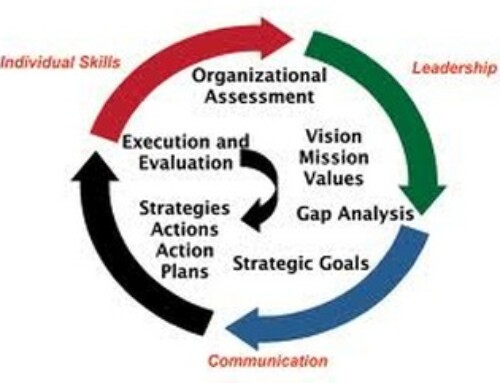 The state REALTOR Association of Florida, Florida REALTORS is among the most successful and innovative Associations in America. Real Estate Industry Solutions, a Florida REALTORS wholly owned for-profit company, has launched two products that are nationally recognized for their outstanding success at improving the effectiveness of REALTORS, TechHelpline and MLSAdvantage. Their formssimplicity product is currently embroiled in litigation it brought against their former vendor, Instanet. Instanet launched a website about the case called Transparency Is Good. It is a painful case.
The state REALTOR Association of Florida, Florida REALTORS is among the most successful and innovative Associations in America. Real Estate Industry Solutions, a Florida REALTORS wholly owned for-profit company, has launched two products that are nationally recognized for their outstanding success at improving the effectiveness of REALTORS, TechHelpline and MLSAdvantage. Their formssimplicity product is currently embroiled in litigation it brought against their former vendor, Instanet. Instanet launched a website about the case called Transparency Is Good. It is a painful case.
Today, Associations and MLSs around the country are keeping a watchful eye on the REIS case. Litigation in business is part of life, and real estate sees its healthy share. However, this case is unique because the court just added Florida REALTORS to a case involving REIS, a wholly owned for-profit corporation whose only shareholder is Florida REALTORS. There is one key issue in this case that may jeopardize similar for-profit and non-profit companies found nationwide.
It is customary for state and local Associations of REALTORS to create separate corporations for their for-profit ventures. The most common example of this is to create a separate corporation for the MLS service offering. When two corporations are treated separately for tax purposes, it is required that each corporation establish itself as a separate entity. The line between the corporations is often called a corporate veil.
In the case of REIS, the court has now included Florida REALTORS in the case. This would indicate that in the eyes of the courts, the corporate veil may have been “pierced.” If the court rules that the corporate veil was pierced, it is possible that Florida REALTORS would assume the liabilities of REIS. It is important to note that REIS brought this suit against Instanet. If successful, Florida REALTORSs could also benefit from any awards from the case.
Factors for courts to consider
- Absence or inaccuracy of corporate records;
- Concealment or misrepresentation of members;
- Failure to maintain arm’s length relationships with related entities;
- Failure to observe corporate formalities in terms of behavior and documentation;
- Failure to pay dividends;
- Intermingling of assets of the corporation and of the shareholder;
- Manipulation of assets or liabilities to concentrate the assets or liabilities;
- Non-functioning corporate officers and/or directors;
- Significant undercapitalization of the business entity (capitalization requirements vary based on industry, location, and specific company circumstances);
- Siphoning of corporate funds by the dominant shareholder(s);
- Treatment by an individual of the assets of corporation as his/her own;
- Was the corporation being used as a “façade” for dominant shareholder(s) personal dealings; alter ego theory;
It is important to note that not all of these factors need to be met in order for the court to pierce the corporate veil. Further, some courts might find that one factor is so compelling in a particular case that it will find the shareholders personally liable.





Leave A Comment